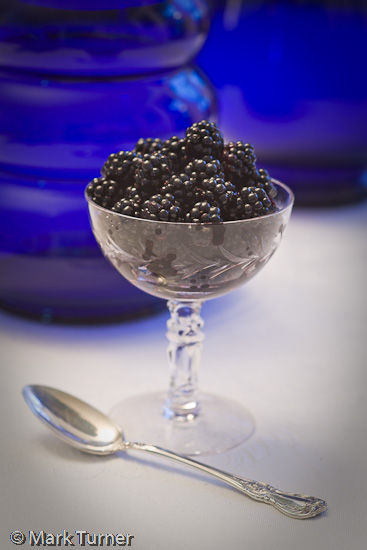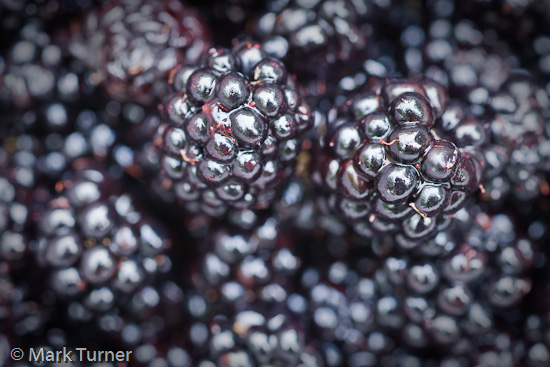Tasty Weed
 I don’t often think of weeds as providing tasty food, but in the case of our nasty and invasive Himalayan Blackberries, formerly Rubus discolor and now Rubus armeniacus, an environmental scourge of the Northwest provides mighty delicious eating. That makes sense, since the species was originally introduced to North America as a garden plant and food crop.
I don’t often think of weeds as providing tasty food, but in the case of our nasty and invasive Himalayan Blackberries, formerly Rubus discolor and now Rubus armeniacus, an environmental scourge of the Northwest provides mighty delicious eating. That makes sense, since the species was originally introduced to North America as a garden plant and food crop.
Blackberries are ripe right now, and they’re incredibly easy to locate. Just find a patch of disturbed ground, often along a road or trail anywhere in the Puget lowlands and you’re likely to discover a blackberry patch. Be prepared to battle the stout and thorny canes to reach the tasty morsels. Since the best tasting berries are those that are at their soft and juicy peak of ripeness, you’ll also come home with hands stained purple with their sweet juice.
Natalie and I spent about an hour a couple of days ago picking enough berries to make two turns of jam. The recipe couldn’t be simpler: smash 9 cups of berries, get them hot, run them through the Foley food mill to remove the seeds, then bring to a boil with 6 cups of sugar. Cook rapidly just to the jelly state and then pour into hot sterilized jars. Makes about 4 pints. We added an extra couple of cups of berries to compensate for the seeds we strained out. Modern practice is to process in a boiling water bath for 15 minutes, but my grandmother just poured hot paraffin on her jams and jellies. We processed ours just to be safe.

Ripe and juicy blackberries are remarkably soft and tender. Here the moist surface reflects an overcast sky and makes the berries look almost metallic. I simply shook my bucket of berries gently to get some nice looking ones on top of the pile and a random arrangement. With the camera on a tripod and pointing straight down I shot with a 100mm macro lens. This was the closest version, but I shot several other variations as well.
The opening photo was made on my dining room table, again with the 100mm lens. I used the overhead incandescent lights for soft top light, and a little bit of late evening north window light from the right. The blue glass in the background is part of an antique glass collection I inherited from my folks.
If you’re interested in more info on blackberries as an invasive weed, the King County Noxious Weed Board has a good information page, which also discusses the equally tasty evergreen blackberry.
I like to think of our roadside blackberry harvesting as an exercise in controlling the spread of noxious weeds through seed dispersal. If we eat them then birds won’t spread the seeds. Bringing the berries to a boil before straining the seeds out should kill them so they don’t sprout in my compost pile.


metallic indeed — if you zoom in on the drupelets it looks to be a self-portrait. nice photo!
fwiw, i think the correct Latin binomial now is Rubus armeniacus Focke
Pingback: Amelanchier Malus Rubus – Plants, Passions, Photography | Turner Photographics